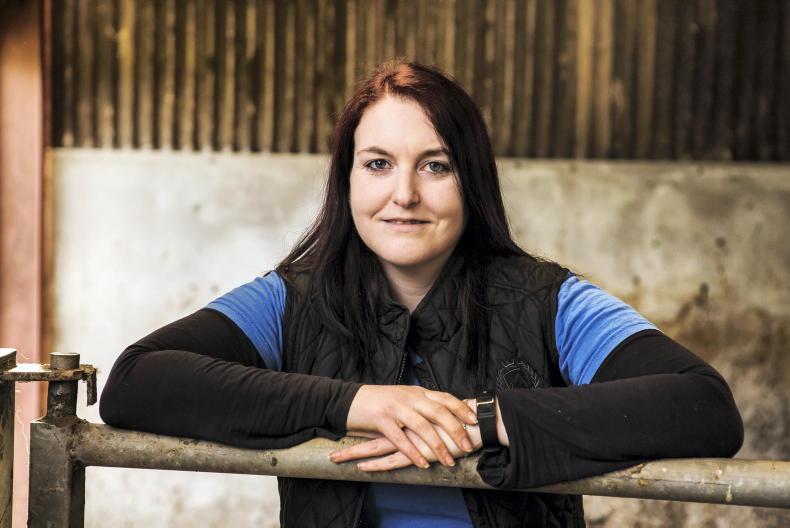Typical winter weather has finally made a reappearance across the country, with the freezing temperatures turning Ireland into a white wonderland in some areas.
Though it makes a much-needed change from the constant barrage of rain we had in the last couple of months, it comes with a different set of issues. Nearly every year, after the first frost hits – or, at least after a few successive nights – a recurring problem arises.
One that is experienced on many farms: a joiner or connection freezes and blows the pipe connection off, causing a leak which needs to be found and replaced.
At this stage, I have a map in my head of where each of them is and a trudge around the fields usually solves the issue; albeit, one that usually ends in frozen fingers and toes.
This year, however, my search proved fruitless, and whilst I was scratching my head wondering if I’d missed one, I heard the far-off sound of flowing water. I had forgotten about a tap, which had been switched over to a ball-valve system after numerous instances of forgetting to turn it off, after filling the drinker for the cattle.
The pipe runs overground across an unused yard and must have completely frozen – the resulting pressure then blew it off the tap when it defrosted.
Thankfully, these issues are usually spotted quickly, as the water pressure in the house drops dramatically and thus it doesn’t get left unnoticed for long.
Although we have no cattle outdoors at the moment, a useful tip I picked up on in recent years to prevent drinking troughs from freezing over as easily is to fill a plastic bottle one third of the way up with salt, then a second third of water, leaving the last third empty.
The salt will prevent the water from freezing in the bottle and it will bob about in the drinker, meaning ice shouldn’t be able to form over the surface.
With sale days at the marts now winding down, we decided to sell our last animal of the year privately. An eight-year-old dry cow, she was sold to a neighbouring feeder, negating the middleman and a stressful day for the cow in question.
While not always possible, this is the route we try to choose for older stock, as they have served their term and thus get a bit of respect from the farmer’s side. I know this is not the same for all farms, as everywhere is different, but to us, we’re just relieved to sidestep the mart process.
It’s been a few years since we’ve had a pregnancy scan on the cows, but with a couple of questionable animals which were slightly troublesome last year, we thought it was time to call in the more knowledgeable side.
With the large percentage of bulls we’ve had calved over the last few years, we’re also in need of replacements and, fingers crossed, some of our older cows will breed us some heifers.
While I see a number of farms having issues with rodents, our last delivery of ration for the year was delivered and, as yet, has seen no trouble. While there are a number of cats around, we’ve had great success so far this year with battery-powered electronic repellents.
After some trial and error, we’ve found they are most effective if placed on the ground around the pallet of feed itself. Fingers crossed, the mice don’t receive earmuffs for Christmas.






 This is a subscriber-only article
This is a subscriber-only article










SHARING OPTIONS: